Wild cats have always mesmerized us with their beauty, agility, and mystery. Yet, as human activity continues to encroach upon their natural habitats, many of these majestic creatures face the harsh reality of extinction. It’s a chilling thought that several wild cats may disappear from our planet without immediate conservation efforts. This article highlights five such wild cat species that are teetering on the brink and underscores the urgent need for action.
The Vulnerable Amur Leopard
The Amur leopard, native to the temperate forests of the Russian Far East, is one of the rarest big cats in the world. With fewer than 100 individuals left in the wild, their survival hangs by a thread. Poaching and habitat destruction are the primary threats to these elusive cats. Imagine a creature so rare that spotting one is akin to finding a needle in a haystack. Conservationists are working tirelessly to create protected areas and reduce poaching incidents, but the clock is ticking. Without intervention, the Amur leopard could soon vanish from the wild forever.
The Endangered Iberian Lynx
The Iberian lynx, once widespread across the Iberian Peninsula, is now critically endangered. This striking feline, with its distinctive tufted ears and spotted coat, has seen its numbers dwindle due to habitat loss and a decline in its primary prey, the European rabbit. Conservation efforts have made some headway, with captive breeding programs and habitat restoration projects showing promise. However, the road to recovery is long, and continued support is essential to ensure this beautiful cat doesn’t become a mere memory.
The Struggling Snow Leopard
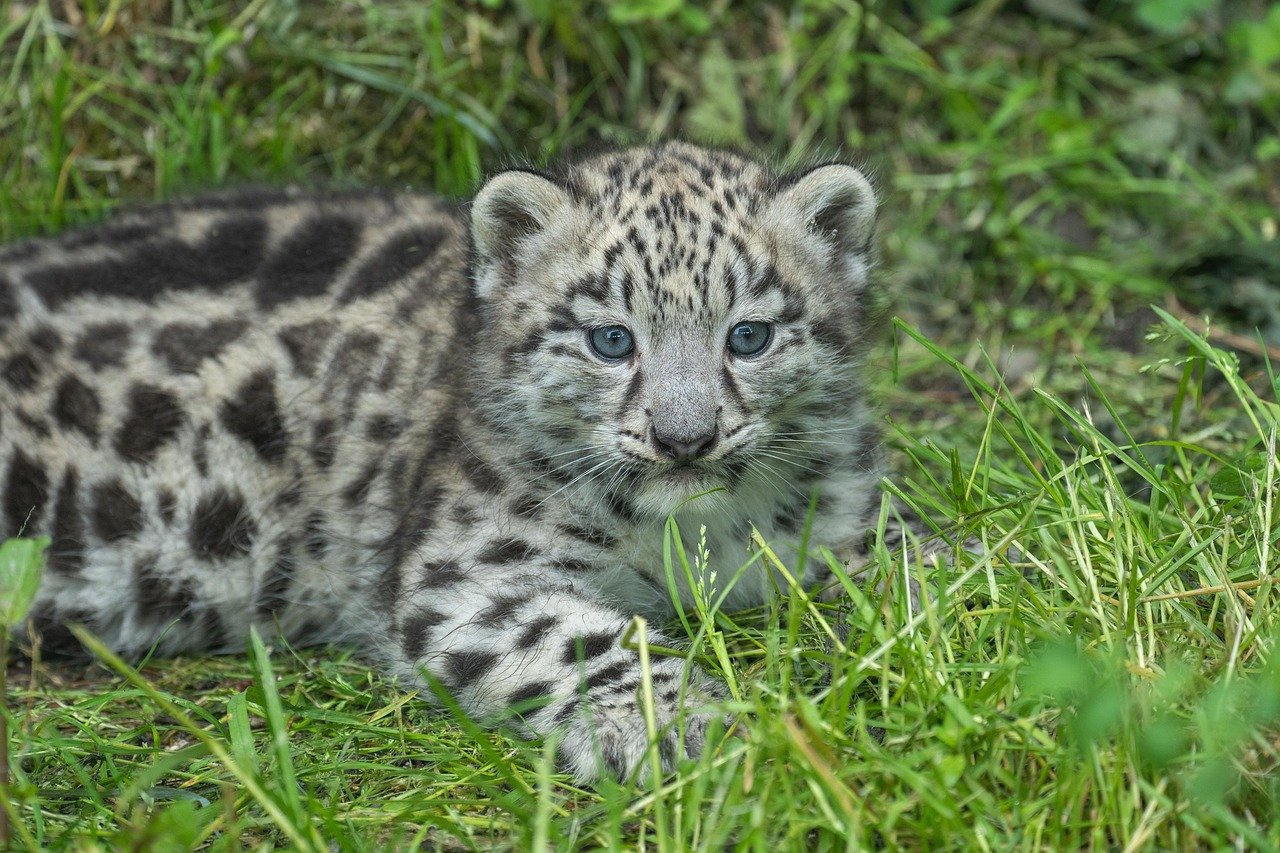
Often referred to as the “ghost of the mountains,” the snow leopard is a master of camouflage, blending seamlessly into its rocky Himalayan habitat. Yet, despite its elusive nature, this big cat faces numerous threats, including poaching and climate change. The shrinking of its habitat due to rising temperatures is causing a decrease in prey availability, putting further strain on its survival. Conservationists are collaborating with local communities to reduce human-wildlife conflict and protect these majestic creatures. Without these efforts, the snow leopard’s ethereal presence could be lost to the ages.
The Critically Endangered Sumatran Tiger

The Sumatran tiger, the smallest of the tiger subspecies, is found exclusively on the Indonesian island of Sumatra. With fewer than 400 individuals remaining, this tiger faces a grim future. Deforestation for palm oil plantations and illegal poaching are the primary threats to their survival. Efforts are underway to combat habitat loss and poaching, but the stakes are high. Imagine a world where the roar of the Sumatran tiger is silenced forever. It’s a terrifying prospect that underscores the urgent need for conservation action.
The Precarious State of the Black-Footed Cat
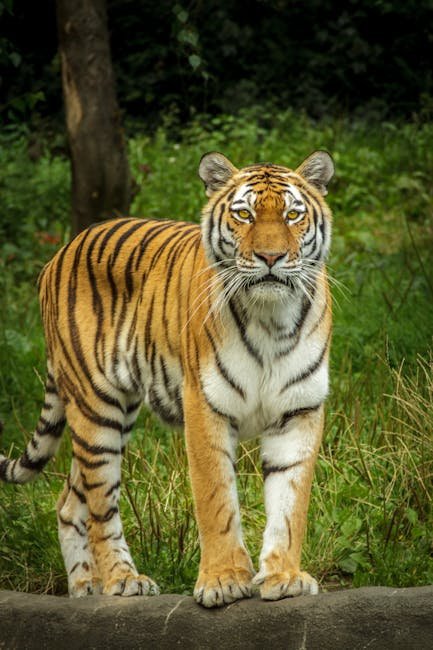
The black-footed cat, native to the arid regions of Southern Africa, is one of the smallest wild cats in the world. Despite its diminutive size, it is a fierce predator, capable of taking down prey much larger than itself. However, habitat loss and human interference threaten its survival. Conservation programs are focusing on habitat restoration and research to better understand this elusive cat’s needs. Without these efforts, the black-footed cat may soon become a ghostly figure in the annals of natural history.
Why Wild Cats Need Our Help
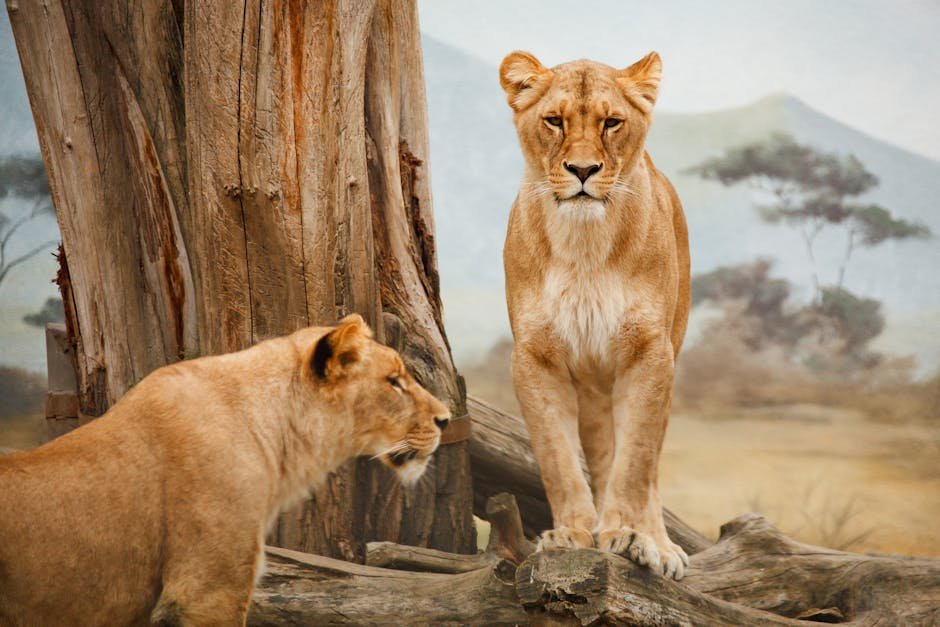
Wild cats play a crucial role in maintaining the balance of ecosystems. As apex predators, they help regulate prey populations and ensure the health of their habitats. The loss of wild cats could lead to unforeseen ecological consequences, affecting countless other species. Conservation efforts are not just about saving individual species; they’re about preserving the intricate web of life that sustains our planet. It’s a race against time, and every effort counts.
The Role of Habitat Conservation
Habitat conservation is a cornerstone of protecting wild cats. By preserving and restoring their natural environments, we provide these creatures with the resources they need to thrive. Protected areas, wildlife corridors, and reforestation projects are vital components of this strategy. However, habitat conservation is not a one-size-fits-all solution. Each species has unique requirements, and conservation efforts must be tailored to meet these needs. It’s a complex task, but one that is essential for the survival of wild cats.
Community Involvement in Conservation
Local communities play a pivotal role in conservation efforts. By involving them in decision-making processes and providing education on the importance of wildlife conservation, we can create a more sustainable future for wild cats. Community-based conservation programs empower locals to protect their natural heritage while also providing economic benefits. When communities are invested in conservation, the chances of success are significantly increased. It’s a collaborative effort that requires dedication and perseverance.
The Impact of Climate Change
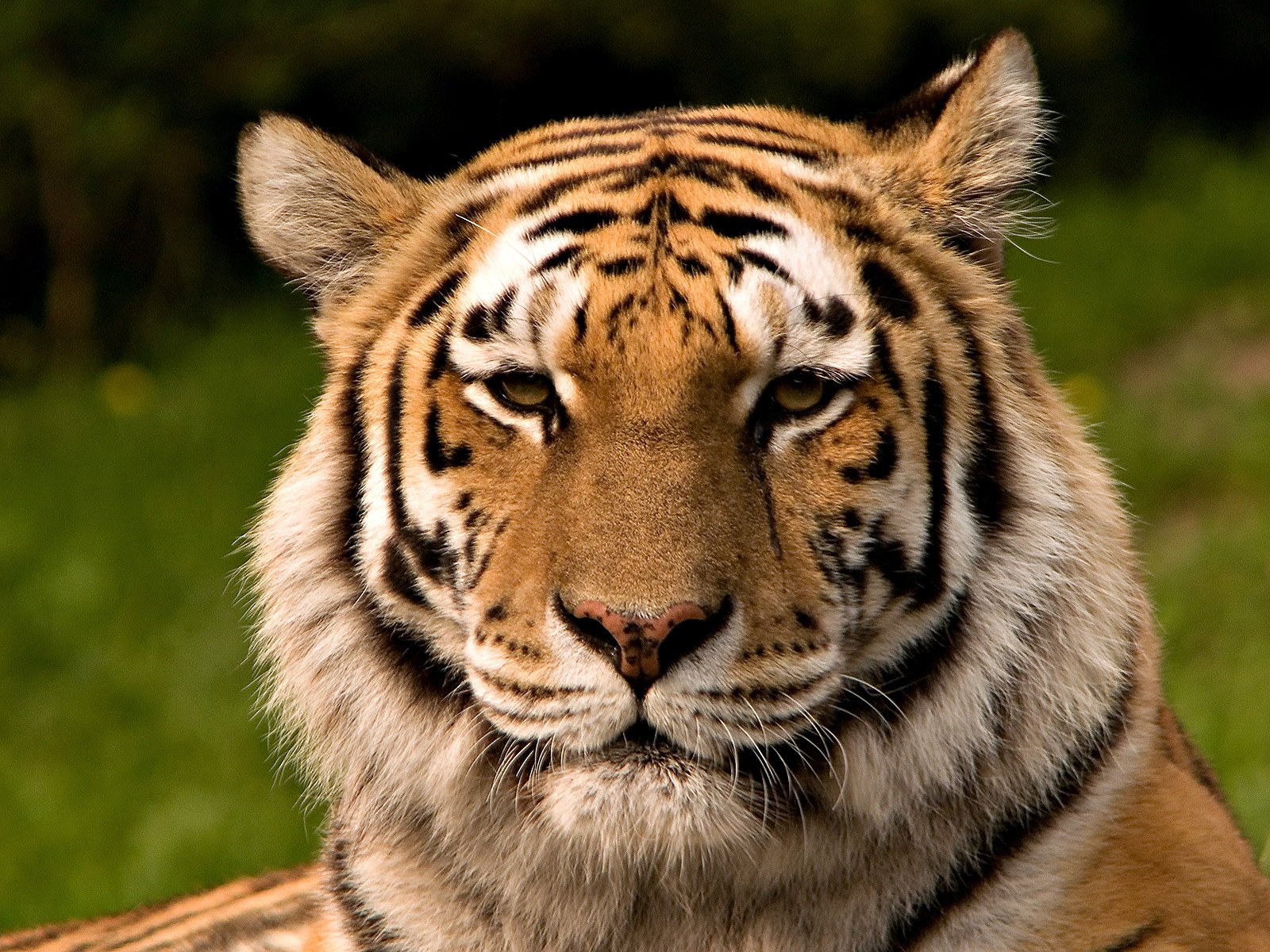
Climate change poses a significant threat to wild cats, altering their habitats and reducing prey availability. Rising temperatures and changing precipitation patterns can lead to habitat degradation, making it difficult for wild cats to survive. Adapting conservation strategies to address the impacts of climate change is essential. This includes developing climate-resilient habitats and implementing measures to mitigate the effects of global warming. The fight against climate change is a fight for the survival of wild cats.
Understanding the Threat of Poaching
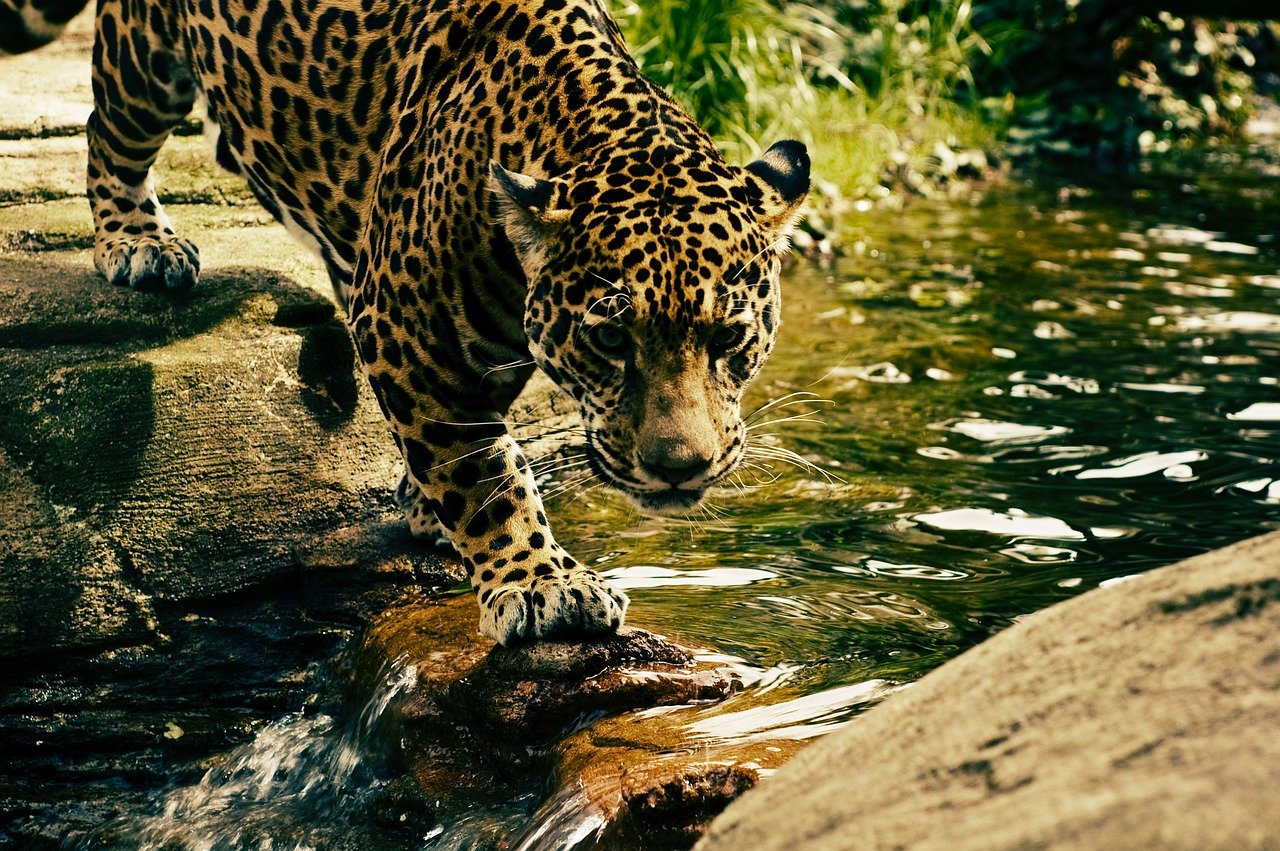
Poaching is a major threat to wild cats, driven by the illegal wildlife trade and demand for exotic animal parts. Anti-poaching measures, including increased patrols, stricter laws, and community engagement, are vital in combating this threat. Raising awareness about the consequences of poaching and promoting alternative livelihoods can help reduce poaching incidents. It’s a challenging battle, but one that must be fought to protect these magnificent creatures from extinction.
The Importance of Research and Monitoring
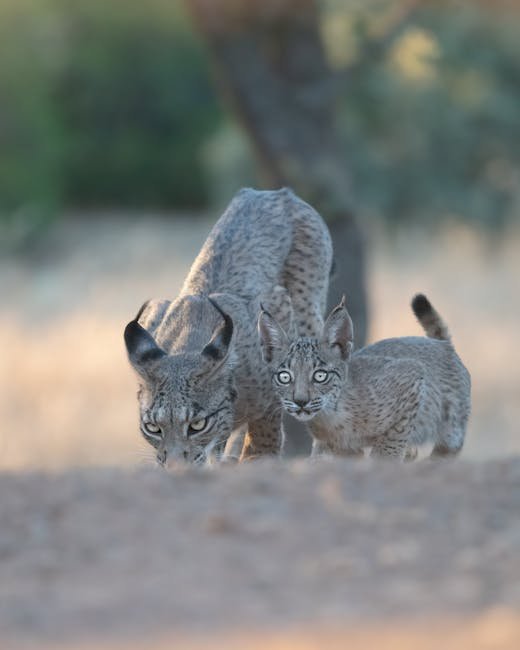
Research and monitoring are essential components of conservation efforts. By gathering data on wild cat populations, behavior, and habitat use, conservationists can develop effective strategies to protect them. Technological advancements, such as camera traps and GPS collars, have revolutionized wildlife research, providing invaluable insights into the lives of wild cats. Continued investment in research is crucial to ensure that conservation efforts are evidence-based and adaptive to changing circumstances.
International Collaboration for Conservation
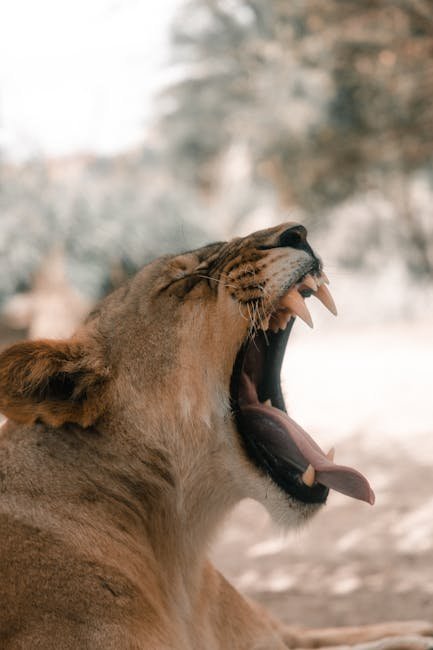
Wild cat conservation is a global challenge that requires international collaboration. Many wild cat species cross national borders, making it essential for countries to work together to protect them. International treaties, such as the Convention on International Trade in Endangered Species (CITES), play a critical role in regulating wildlife trade and promoting conservation efforts. By fostering international cooperation, we can create a unified front in the fight to save wild cats.
The Role of Zoos and Sanctuaries
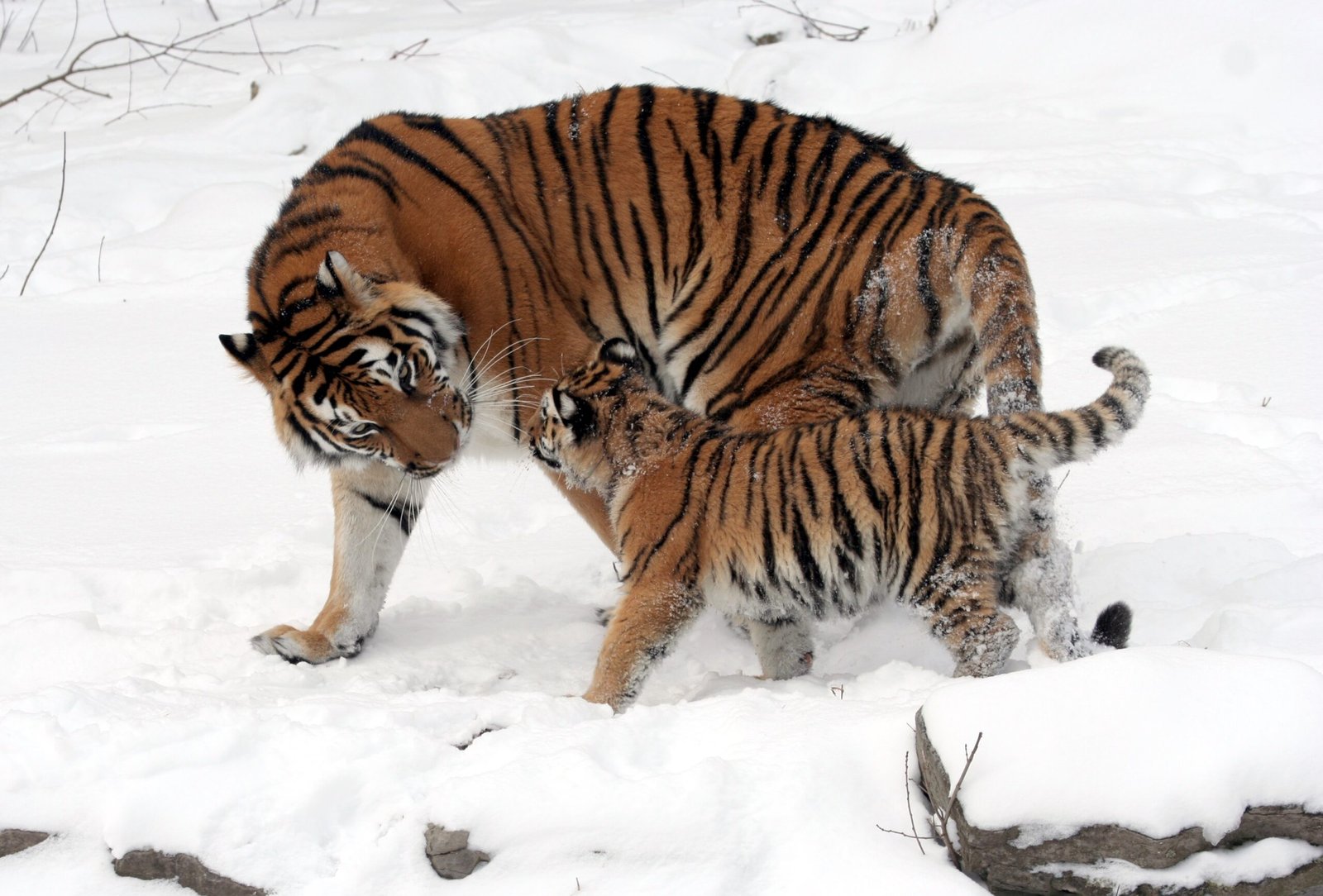
Zoos and wildlife sanctuaries play an important role in conservation efforts, providing safe havens for endangered wild cats and contributing to captive breeding programs. These institutions also serve as educational platforms, raising awareness about the plight of wild cats and inspiring conservation action. While zoos cannot replace natural habitats, they offer a lifeline for species on the brink of extinction. Their efforts are a testament to the power of conservation in action.
How You Can Help
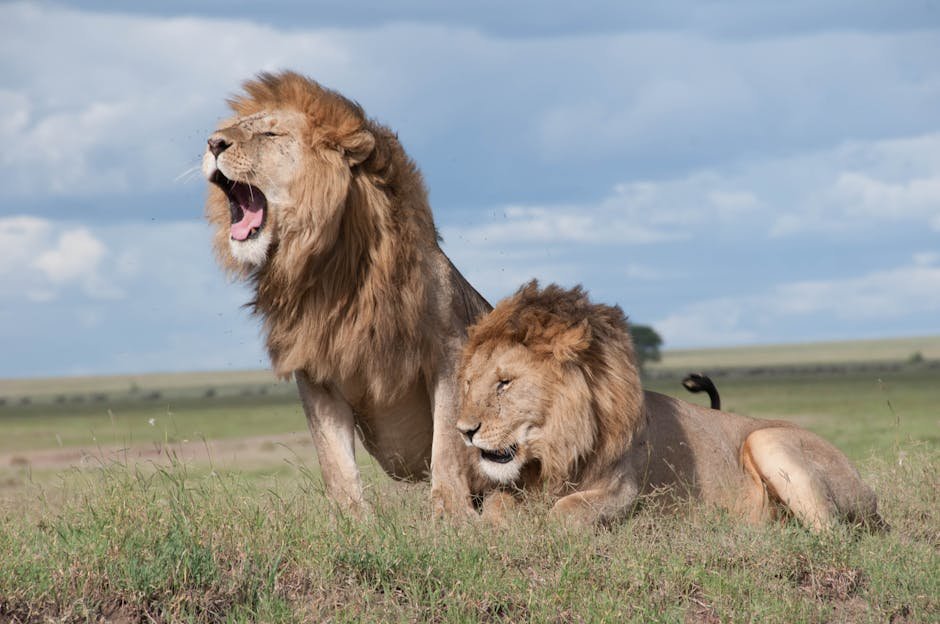
Everyone can play a part in wild cat conservation. Simple actions, such as supporting conservation organizations, reducing your carbon footprint, and spreading awareness about the threats facing wild cats, can make a difference. By making conscious choices and advocating for wildlife protection, we can contribute to the survival of these incredible creatures. It’s a shared responsibility, and every effort counts in the fight to save wild cats from extinction.
In conclusion, the survival of wild cat species is at a critical juncture. Without immediate and sustained conservation efforts, these magnificent creatures could disappear from our world forever. Each species highlighted in this article represents a unique and irreplaceable part of our planet’s biodiversity. The time to act is now, and together, we can ensure that future generations will continue to be inspired by the majesty of wild cats.
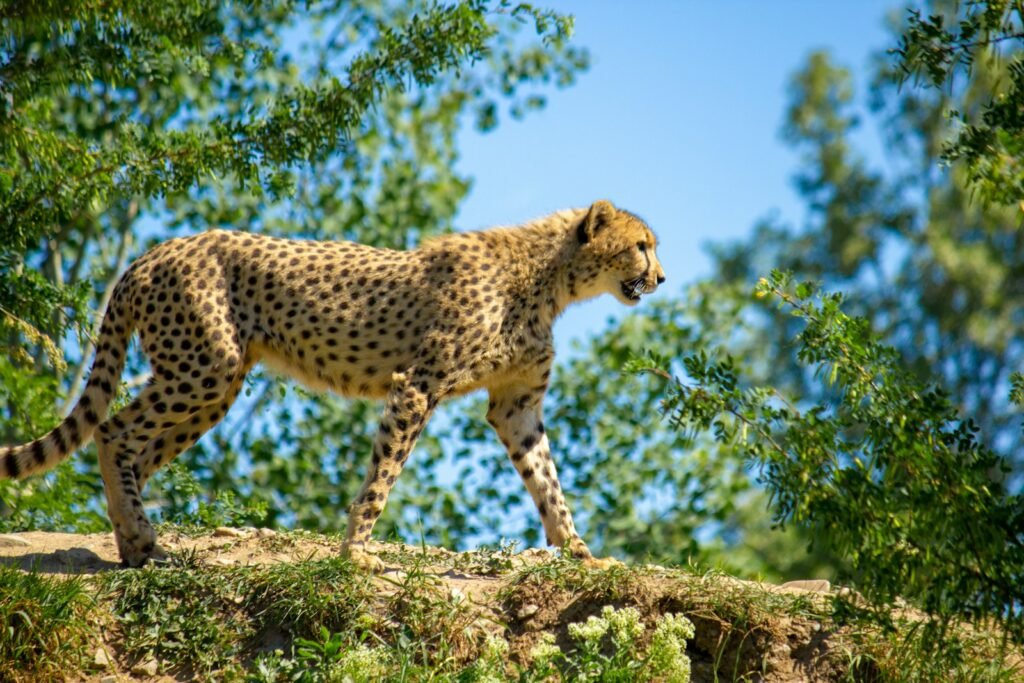
Hi, I’m Bola, a passionate writer and creative strategist with a knack for crafting compelling content that educates, inspires, and connects. Over the years, I’ve honed my skills across various writing fields, including content creation, copywriting, online course development, and video scriptwriting.
When I’m not at my desk, you’ll find me exploring new ideas, reading books, or brainstorming creative ways to solve challenges. I believe that words have the power to transform, and I’m here to help you leverage that power for success.
Thanks for stopping by, Keep coming to this website to checkout new articles form me. You’d always love it!






